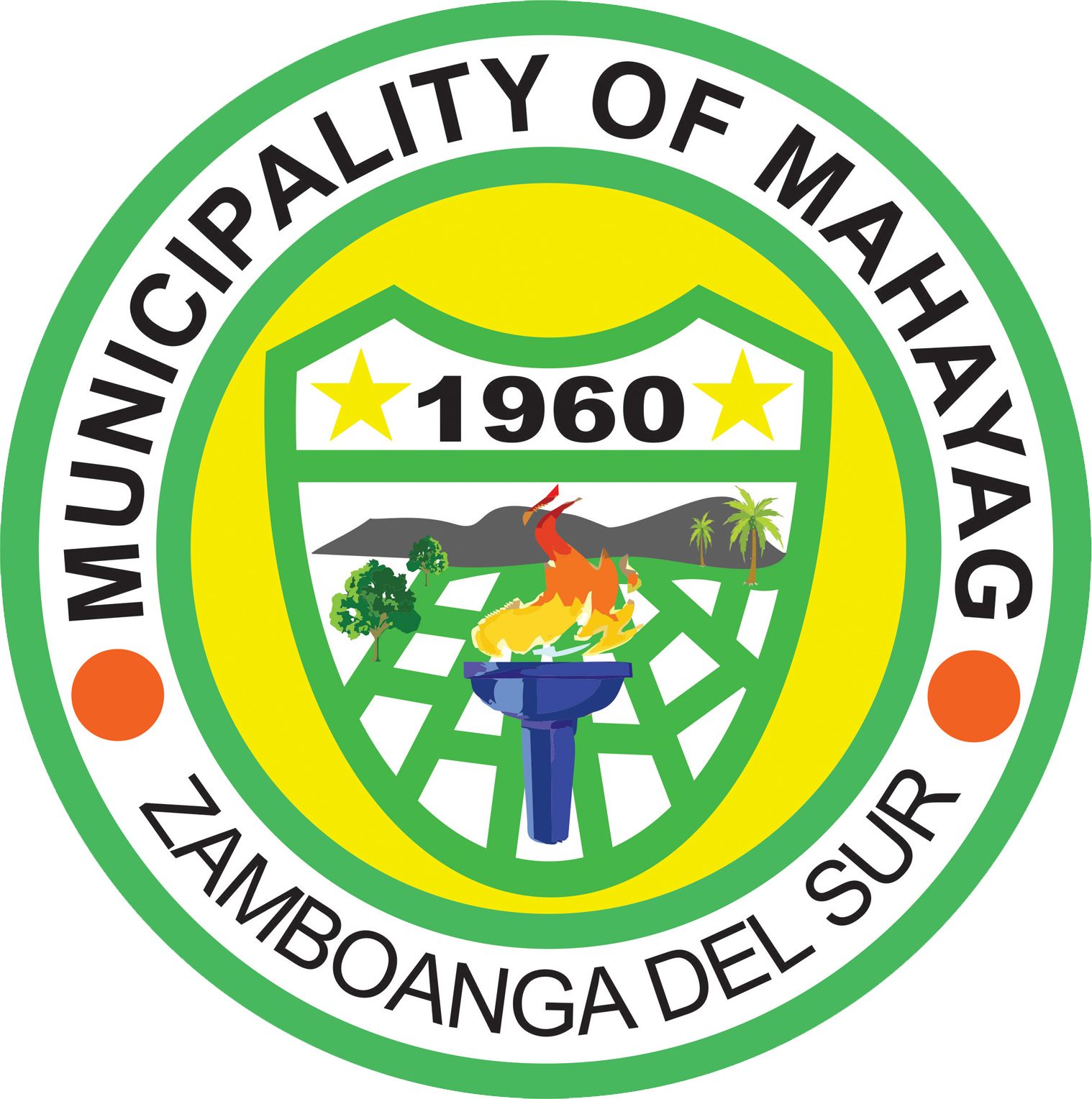
The Municipality of Mahayag was once an unfamiliar place, unmistakably swampy darkened by big trees, wild shrubs and marshes and the habitat of wildlife. The name Mahayag was derived from the Subanen dialect “Boyed Mahayag” a native term for forested and mountainous area. It was the Subanen tribe who first lived in the area, particularly along river banks since it is where their economic livelihood is situated.
During the early part of 1939, the early Christians explored and settled permanently in the plains of Mahayag in search of plain land for farming. Inferior to them, the Subanen tribe retreated to mountainous areas and settled there.
Social and economic activities were being established such as “Taboan” hence; Christian settlers proposed that the place be named “Mahayag” a Cebuano term (ma=to become + hayag=bright) which means to become bright or sunny. When the Visayan migrant first trickled into the area after World War II, the place was heavily forested. Local historical sources said that when the large “DAO” trees which stand in the town site fell, the place became bright, hence the expression “MAHAYAG”.
Mahayag used to be sitio of Barangay Molave, Municipality of Aurora. Early settlers of the area had endeavored for the creation of another municipality to fast-track development, which is possible only by having a distinct political subdivision from the municipality of Molave. On May 9, 1960 by virtue of Executive Order No. 393 issued by His Excellency Carlos P. Garcia, Mahayag became an independent Municipality. The town site for the new municipality was donated by Mr. Zacarias dela Torre and Mr. Pedro Alquizar. The first appointed Municipal Mayor was Hon. Saturnino Mendoza. At present, Hon. Manuel T. Saladaga stands as the 13th Municipal Mayor elected in the Municipality of Mahayag.
MOTHER TONGUE
Mother tongue, as defined by the Philippine Statistics Authority (PSA), is the language or dialect spoken at home or at birth of the child, or the language of the child if only he had the power of speech that early. It may also refer to the language or dialect spoken most of the time by members of the household.
Cebuano is still the most common and predominant language/dialect used in households. However, certain ethnic groups speak their respective dialects and/or languages, such as Subano, Waray, Hiligaynon and Ilocano.
ETHNIC ORIGIN
The population of Mahayag is divided to various ethnic groups namely; Cebuano, Subanen, Muslim, Kalibugan. Majority of the people living in the municipality are Cebuano that comprises 50% of the total population, follows by Subanen 30%, Kalibugan with 15% and Muslim with 5%.
HOUSEHOLD OF INDIGENOUS PEOPLE
Most of the barangays in the municipality have residents who are recognized as members of Indigenous People commonly known as IPs. Although the majority of the residents belong 50% Subanen and some are 25% only which can be considered as Kalibugan.
RELIGIOUS AFFILIATION
The recent available data of the municipality on the religious affiliation is based on 2014 Rapid Community Based Monitoring System (RCBMS) facilitated by the National Anti-Poverty Commission (NAPC) indicating the various religions that exist in the locality. Table ___ enumerates them by distributing the total household population into their respective religious group with corresponding barangay and number. The table below shows that Roman Catholic dominates with a total number of 33,491 representing 77.98% of the total household population. This is followed by Seventh Day Adventist (SDA) with 1,774 members or 4.13% of the total household population. The third dominant religion is the Assembly of God with 929 people or 2.16% of the total household population.
FESTIVAL
Festivals in the Municipality, locally known as fiestas, originated dating back to the Spanish colonial period when the Spaniards introduced Christianity to the country. All barangays have a patron saint assigned to each of them. Fiestas in the locality serve as either religious, cultural, or both. These festivals are held to honor the patron saint or to commemorate history and culture, such as promoting local products and celebrate a bountiful harvest. Fiestas can be categorized by Holy Masses, processions, parades, theatrical play and reenactments, religious or cultural rituals, trade fairs, exhibits, concerts, pageants and various games and contests.



